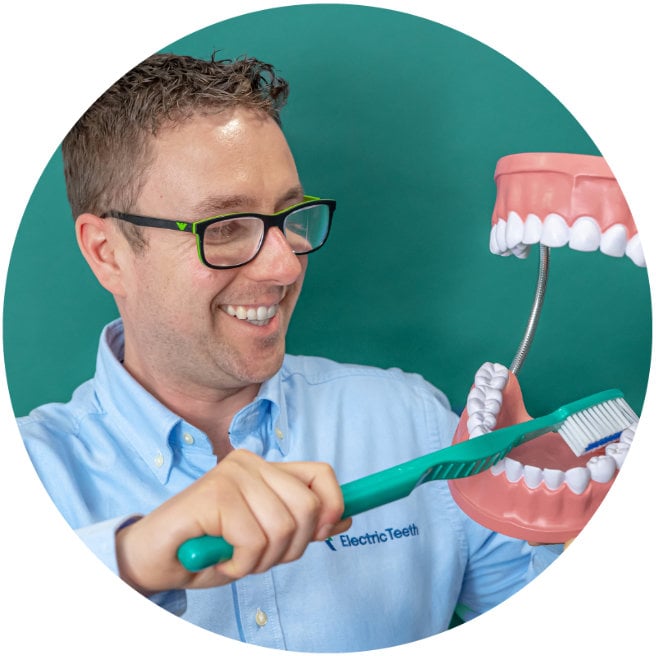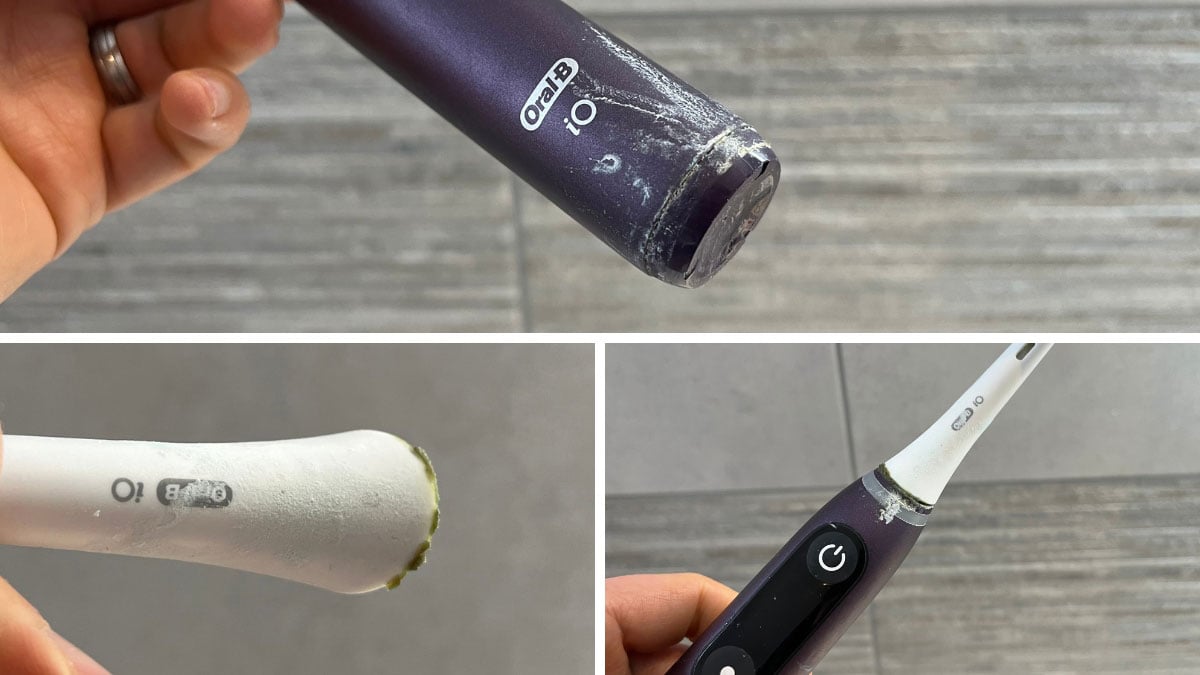
When was the last time you cleaned your electric toothbrush?
If you don’t regularly rinse off or clean your toothbrush, it can end up covered in a layer of hardened toothpaste and bacteria.
It will generally look a little unpleasant and potentially be a threat to your general health.
It seems somewhat ironic that you should need to clean the very tool you use to clean your teeth, but it's important that you do.
How to clean an electric toothbrush
The humble toothbrush should be used twice a day for 2 minutes to clean your teeth, but thankfully you don’t need to spend this long cleaning the brush itself.
You can potentially go weeks without giving it a 'proper' clean. A regular rinse under the tap and a quick wipe can keep it looking good, prolong its usable life and remove any harmful bacteria.
But, there comes a time when you need to clean the toothbrush thoroughly. This includes the handle, heads, charging stand and accessories.
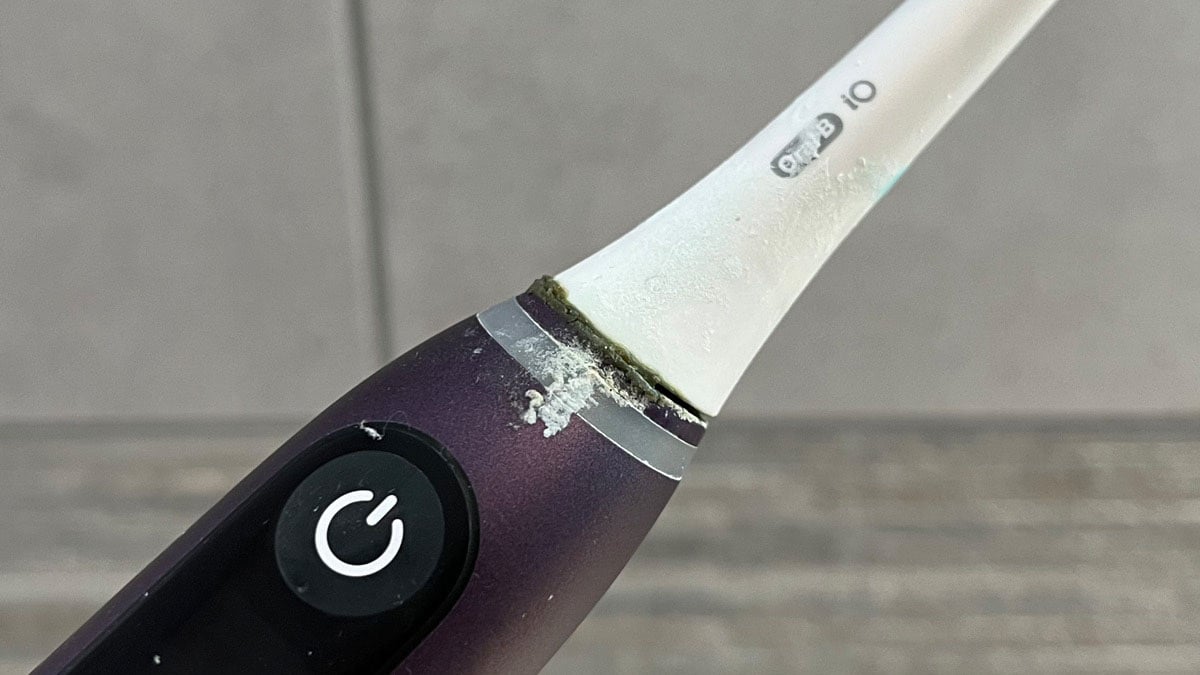
You might not feel it is all that important, but the mouth is a gateway into the body.
Many health conditions are linked to your oral health, so the less dirt and bacteria we expose our mouths to, the lesser the risk of other health conditions.
You will be amazed at what bacteria and grime can build up on a toothbrush with repeated use.
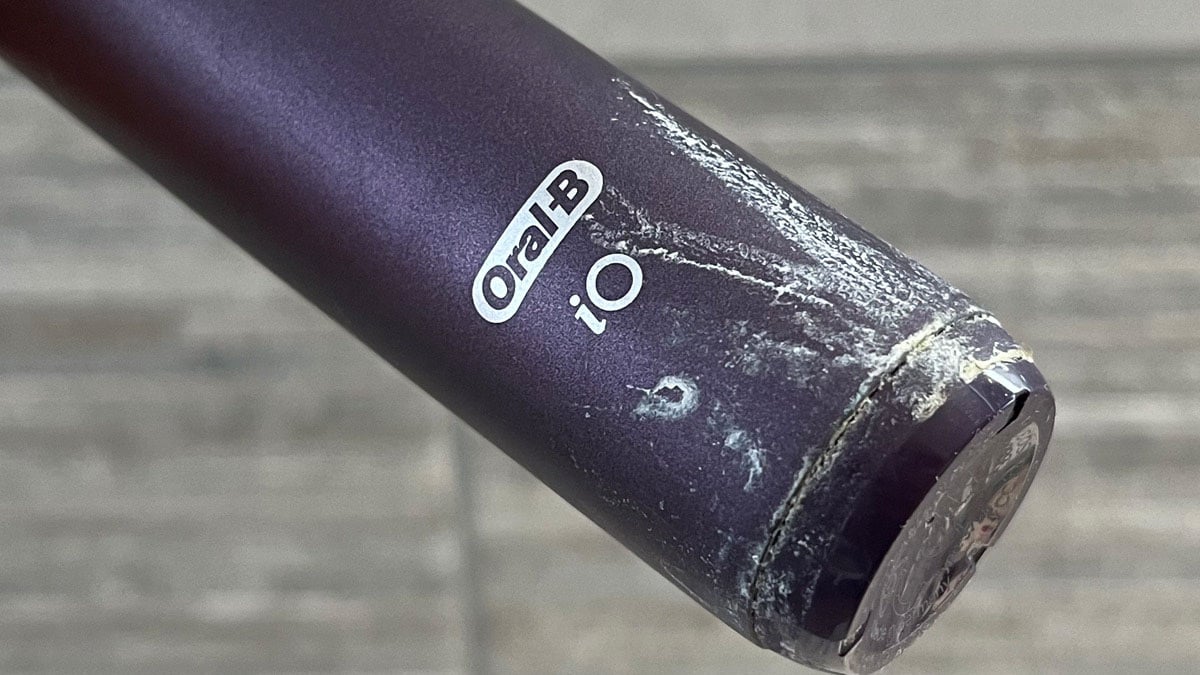
You may not be as fussy as me, but personally, I tend to rinse off my toothbrush after almost every use and give it a wipe down every couple of days. This removes the vast majority of residue toothpaste and grime that builds up on the head and the handle.
Of particular importance I feel, is to remove the head from the handle and clean rinse the attachment point.
If you don't do this regularly you can end up with something like that shown in the image below.
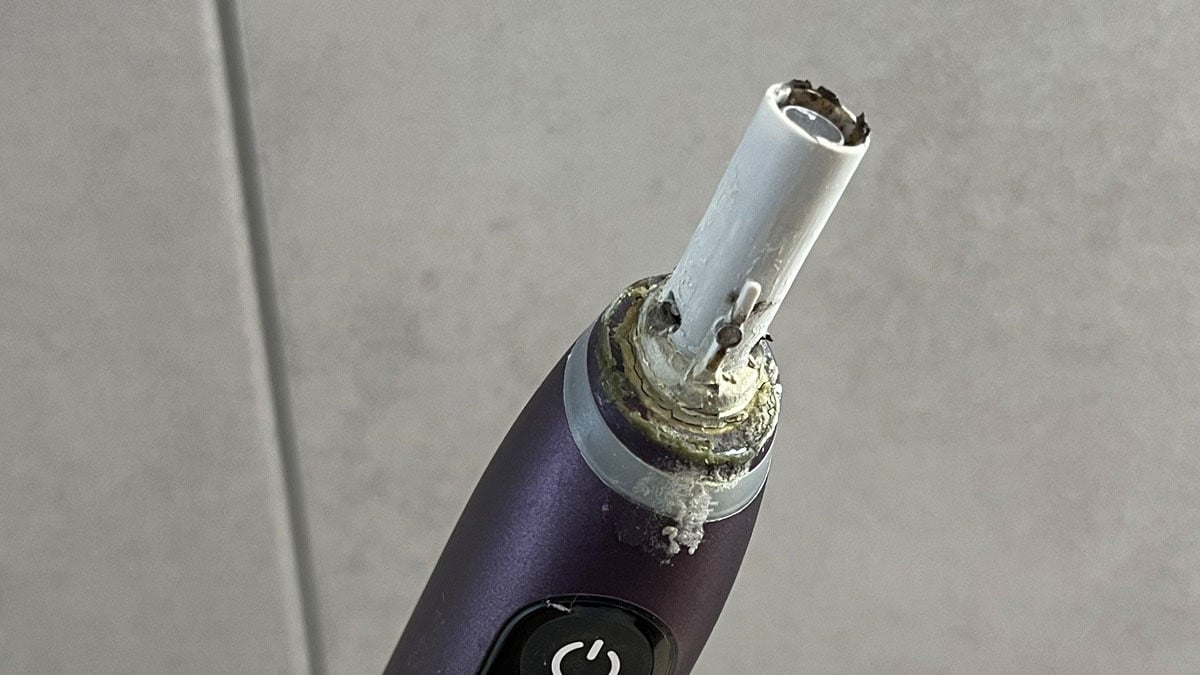
This is a pretty extreme, but very real example.
Left untouched, the grime builds.
A mix of toothpaste and living bacteria from your mouth form a less than pleasant 'gunk' around key toothbrush components.
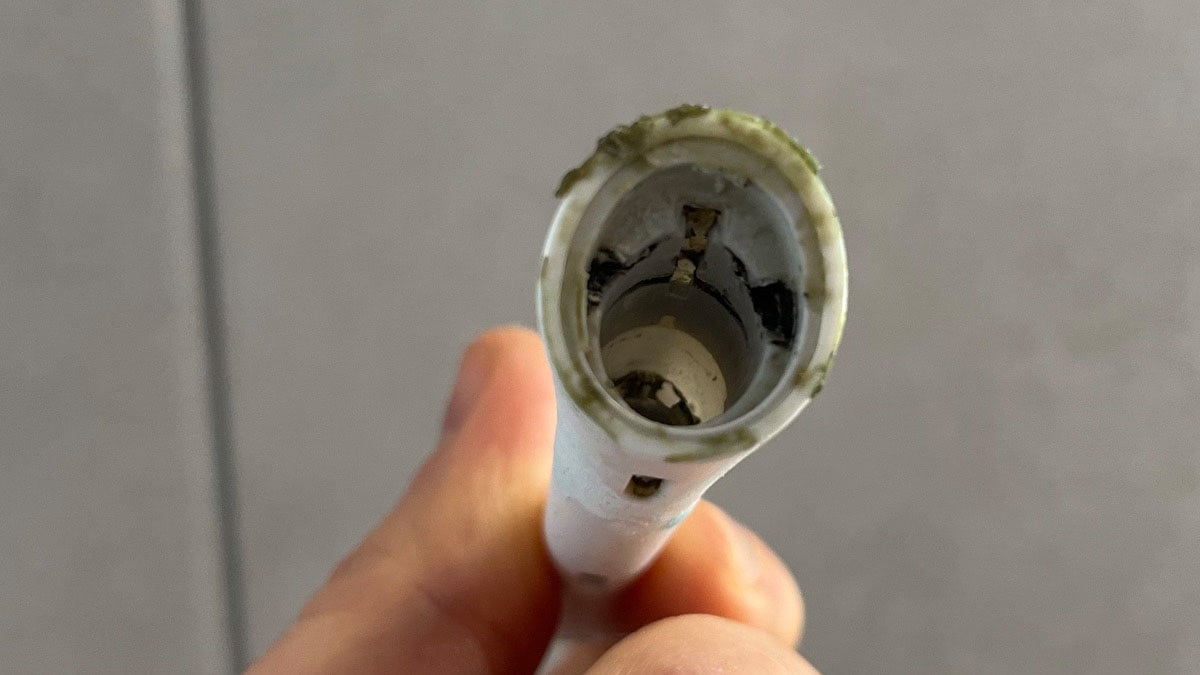
You want to clean inside the brush head too, particularly if you have an Oral-B electric toothbrush. They are prone to particularly bad buildup inside the brush head, as this video demonstrates.
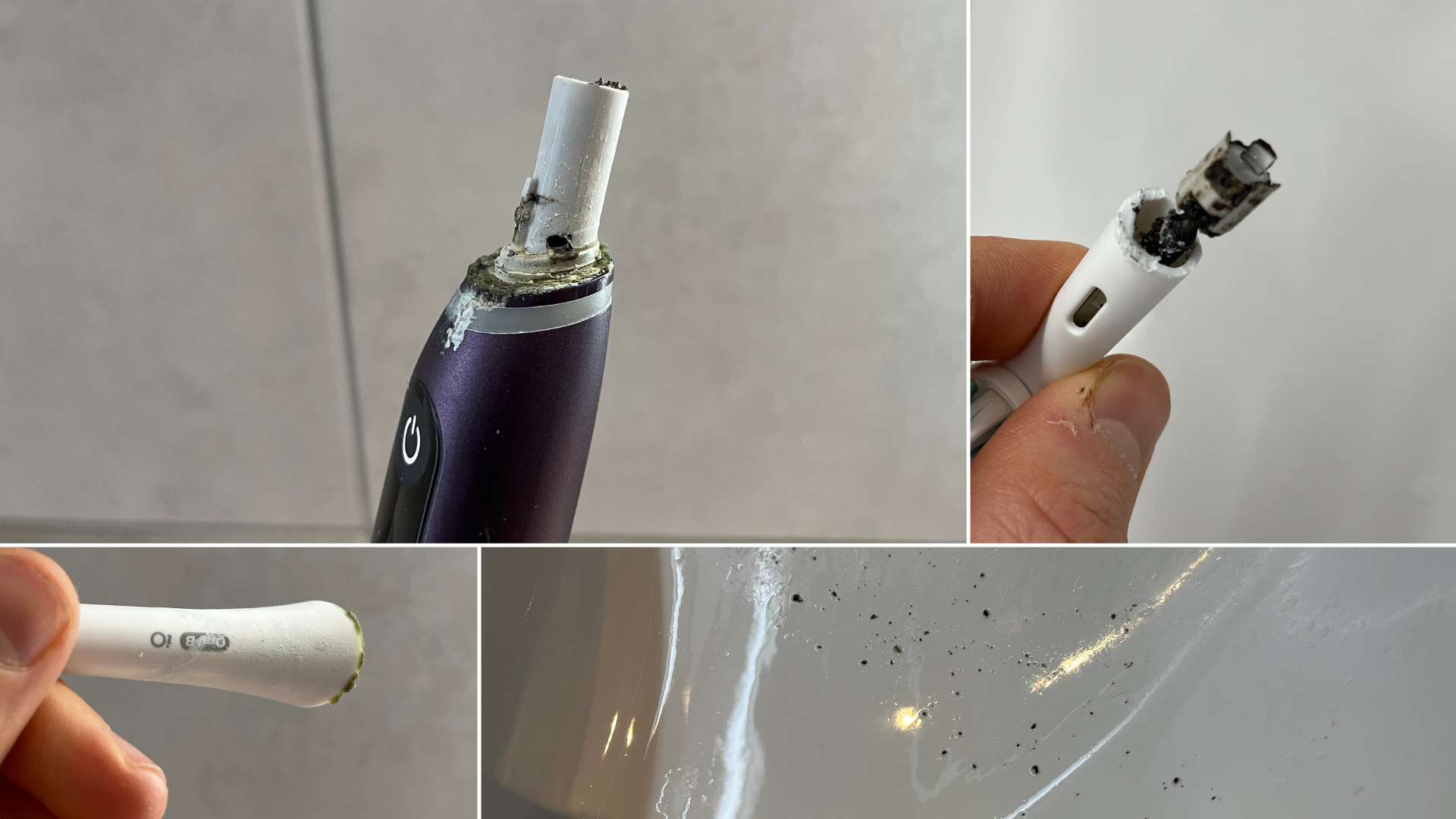
The vast majority of electric brushes, including those from leading brands are water resistant. This means there is little risk to give them a thorough rinse under the tap. The operation of the brush won't be affected.
For the most part, cold or warm water alongside a wipe with a cloth or towel will remove the excess grime. You do not need a specialized toothbrush cleaner.
Where the buildup is a little thicker or more stubborn, using a cotton bud or even another toothbrush can be helpful.
For harder to reach areas you could use an interdental brush and even a toothpick. Just be careful with sharper ended items as these can potentially damage parts of the brush if not careful.
You shouldn't generally need any soaps, but a mild detergent can be used to help lift some hardened and tougher muck.
Do avoid using bleaches and boiling water as these can be harmful to the brush, particularly the brush heads.
In most cases, the toothbrush manufacturer provides information in their manuals as to how best to clean your toothbrush. It is always worth consulting this before commencing any cleaning of your brush.
Once cleaned, you need to let the brush dry properly.
If possible leave the head detached from the handle and leave them both in an area with good air circulation.
Packing them away in a case or a small cupboard isn't ideal. In some instances, this will be unavoidable, but the better the brush can dry the better the results long term.
Damp brushes, particularly the bristles can be an ideal breeding ground for bacteria.
When it comes to accessories you have, most can be rinsed or wiped with a damp cloth.
If cleaning a charging stand, ensure it is not connected to the power outlet, and don't place it under running water. Just wipe with a damp cloth and let dry before reconnecting.
Some accessories like brush head stands and travel cases may well be dishwasher safe. Consult your manual to check.
In most instances a wipe with a damp cloth, and a little detergent, where appropriate will be sufficient.
For those particularly concerned about the hygiene of a toothbrush there is too the option of using a toothbrush sanitiser to ensure all germs and bacteria are cleaned off.
Taking care of your brush will ensure your toothbrush lasts longer and cleans more effectively.
Daily electric toothbrush maintenance
If possible, you should complete the following things daily to keep your toothbrush in a good condition.
- Rinse your toothbrush (handle & head) post brushing with tap water to remove toothpaste and debris.
- For Oral-B heads in particular, make sure you rinse inside the brush head.
- Leave the head disconnected from the handle to dry.
- Leave the toothbrush components stood upright in an area with good airflow to dry fully between uses if possible.
It is also worth noting that you should avoid brushing your teeth for longer than necessary each time. And, brushing with the correct pressure. Forceful brushing and extended brushing times will cause additional wear on your toothbrush bristles.
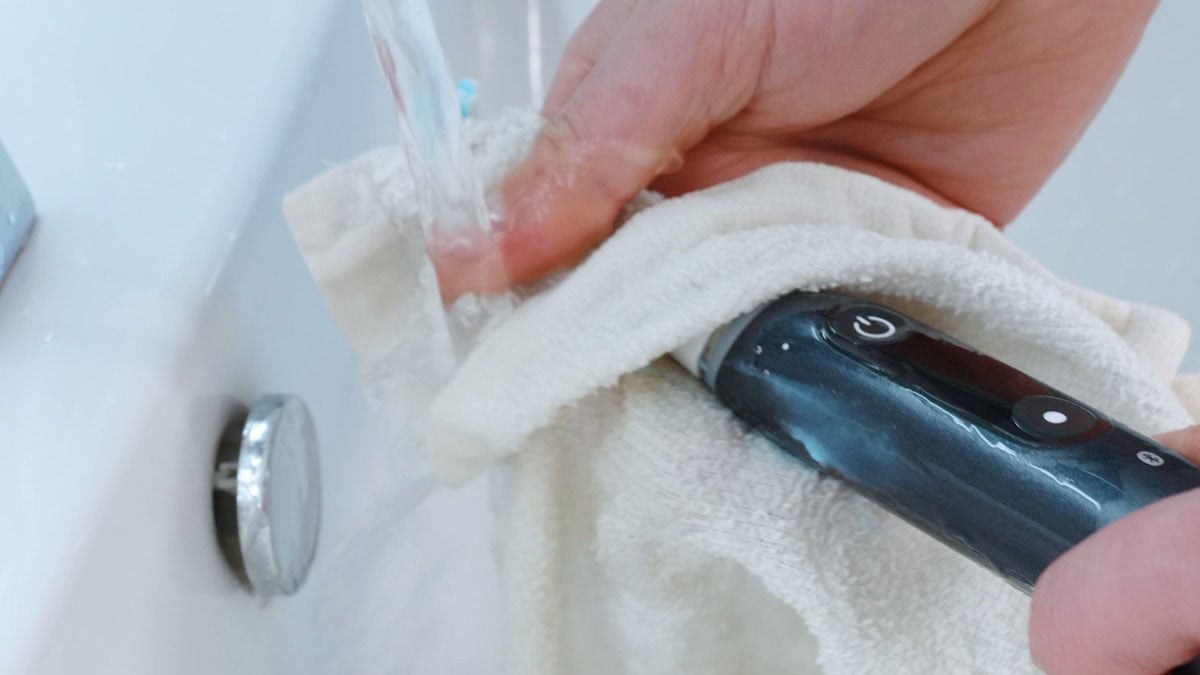
Ongoing tips for your electric toothbrush
Whilst these things need not be done everyday, you should try and complete the following fairly regularly to ensure your brush remains functional and hygienic.
- Wipe the toothbrush thoroughly with a damp cloth, using a mild detergent when necessary.
- If necessary use an old toothbrush, a cotton bud or interdental brush to help break up and left grime in harder to reach areas.
- Clean accessories such as charging stands, travel cases and brush head holders.
- Replace your brush head every three months.
- Replace the brush head sooner than 3 months if the bristles are frayed and not in the tight formation as they were when the brush head was new.
How to clean a manual toothbrush
Cleaning a manual toothbrush doesn't differ all that much to cleaning an electric toothbrush — for either brush it's quite straightforward — but in the sections below we have included extra detail on maintaining your brush long term.
Do
- Thoroughly rinse toothbrushes with tap water after brushing
- Store your brush upright position and let it air dry
- Replace your brush every 3 months
- Avoid routinely covering or storing brush heads in closed containers
Do not
- Do not share toothbrushes
The above do’s and don’ts come from advice offered up by the American Dental Association (ADA).
By following these you stand the best chances of ensuring your toothbrush does not harbour harmful levels of bacteria.
The ADA does state that ‘although studies have shown that various microorganisms can grow on toothbrushes after use, and other studies have examined various methods to reduce the level of these bacteria, there is insufficient clinical evidence to support that bacterial growth on toothbrushes will lead to specific adverse oral or systemic health effects’.
What this means is that should bacteria grow on a toothbrush, the likelihood of it having any serious knock-on effect to you and your health is very low with no real evidence to support such.
Despite this, there are a number of considerations you could make to further ensure you protect yourself and others when using a toothbrush, but the evidence and beneficial effects of such are not clear or necessarily significant.
Consider
- Avoiding over-brushing
- Take extra precautions during times of illness
- Store away from the likes of toilets
- Regularly clean any storage containers used for holding toothbrushes
- Soaking a toothbrush in mouthwash
- Placing in boiling water
- Using a sanitiser
- Home remedies
- Using a dishwasher or microwave
Now, let me explain all of these and the reasoning behind these dos, don'ts and considerations.
The things you should do explained
Firstly, the things you should do.
- Thoroughly rinse toothbrushes with tap water after brushing
By rinsing the brush with water from the tap, the volume and force with which it makes contact with and passes through the bristles will dislodge the majority of remaining food debris and toothpaste that resides on or within the bristles, giving fewer sources for the bacteria to feed on and grow.
- Store your brush upright position and let it air dry
By letting your toothbrush stand upright and air dry the excess moisture can drain away from the bristles and they can dry out naturally and offer less opportunity for bacteria to grow.
If stored alongside other toothbrushes as is common in a family environment, avoid the bristles of the brush touching that of another brush to reduce the chances of cross-contamination.
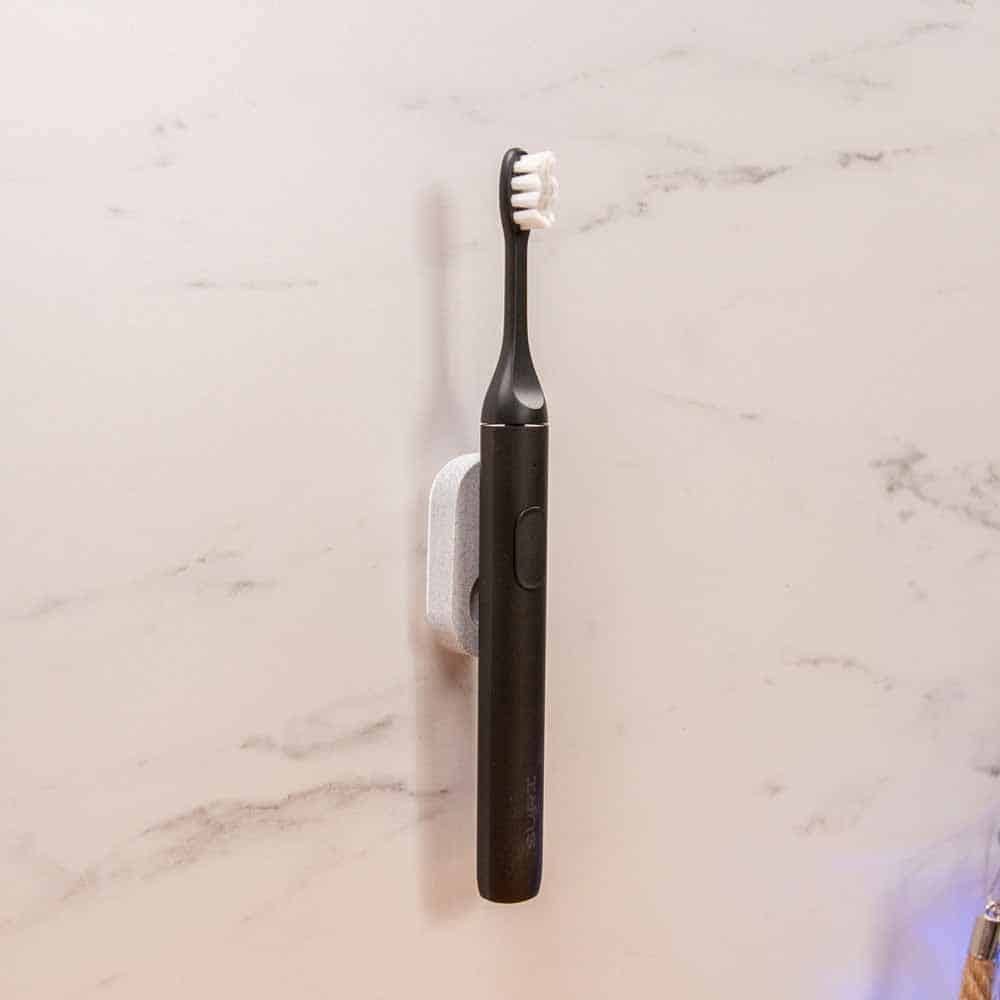
- Replace your brush every 3 months
Over time the bristles of the brush head will naturally degrade. They will split, fray, wear or become damaged as a result of the brushing routine we have. They are not designed to last or be used for much longer.
As they degrade the effectiveness with which they clean the teeth decreases and potentially the head becomes more damaging to the teeth and gums.
Replacing the toothbrush on average every 3 or so months is good practice to maintain a good level of oral health. However, subject to your teeth and brushing style, you may need to replace the head more frequently. Always consult your dentist for their advice.
- Avoid routinely covering or storing brush heads in closed containers
If a brush head is covered, the damp environment in which it sits can be an ideal environment for encouraging the growth of bacteria and the microorganisms that make up harmful bacteria. It is perfectly fine when required to pop a brush within a travel case or container, but avoid where possible doing it all the time.
The things you should not do explained
Now for the things you should not do.
- Do not share toothbrushes
By sharing a toothbrush you are putting yourself and the other user at risk of exchanging body fluids and microorganism. Whilst it may seem harmless, those sharing a toothbrush are at greater risk of infection and could be considerably more damaging to those with a compromised or weak immune system.
Learn more about the issues with sharing a toothbrush.
Considerations explained
- Avoid over-brushing
Not only do you want to avoid over brushing for the sake of your teeth and gums, if you are brushing more frequently than you need to or with more pressure than is actually required the bristles of the brush are likely to become damaged more quickly. When the bristles are damaged they are less effective and can hamper the clean you get when brushing.
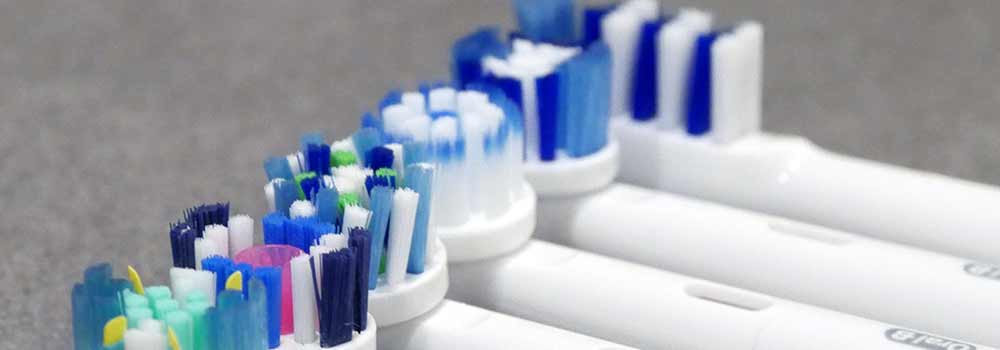
- Take extra precautions during times of illness
Depending on your living arrangements you may want to take extra ‘common sense’ precautions if you or others in the household are ill or suffering from any illness or diseases.
This is particularly applicable if you have for example a family bathroom and all the toothbrushes are stored in one container. Replacing the brush sooner can be advantageous.
If one family member has a particularly contagious infection or disease, you may want to ensure their toothbrush is positioned away from others to retain good health amongst others as best as possible.
- Store away from the likes of toilets
Whilst there is limited evidence in the possible effects of contamination from water splashes from a toilet, keeping toothbrushes away from such is good practice to prevent any possible bacterial issues.
This need not mean going to great lengths, but reasonable precautions such as not storing the brushes on or directly above the toilet, if it can be avoided.
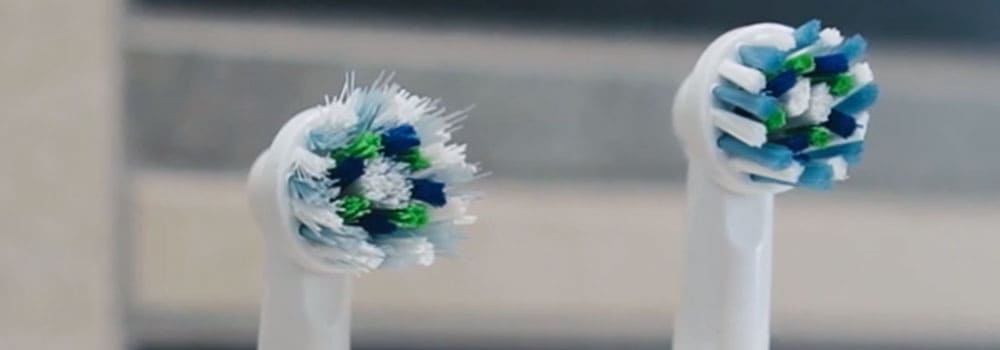
- Regularly clean any storage containers used for holding toothbrushes
If you store your brush in a cup or stand, any excess moisture on it likely drains to the bottom.
You can be potentially left with a pool of water or a residue that harbours the very bacteria and germs you wish not to have on or around your toothbrush.
Regularly cleaning out that container can really help protect the brush from any contamination.
- Soaking a toothbrush in mouthwash
This study has suggested that there may well be benefit from soaking in mouthwash, the ADA has yet to see any clinical evidence for the benefit of doing this. There are too concerns over potential cross-contamination if the same cup of mouthwash is used for multiple toothbrushes.
The Centers for Disease Control and Prevention (CDC) specifically state you do not need to do this.
A better bet might be using a toothbrush sanitiser.
- Placing in boiling water
The high temperature may indeed be known to be useful in helping cleanse and kill off some strains of bacteria, it is not a proven technique and may or may not have a beneficial effect.
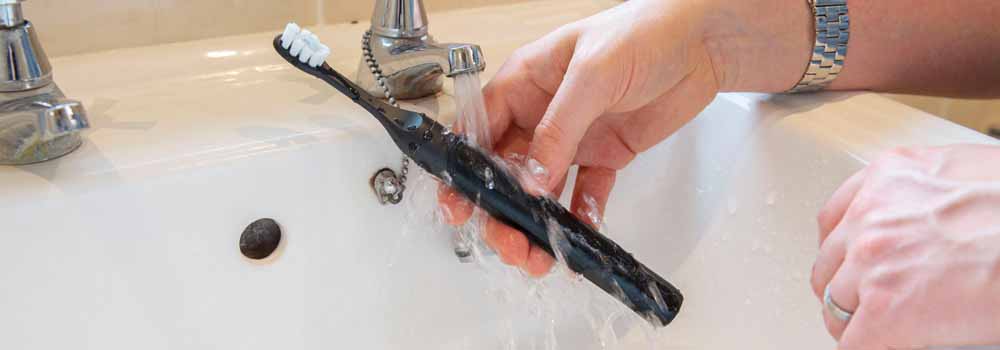
- Using a toothbrush sanitiser
It is all too easy to misinterpret the words sanitising and sterilising. They are very similar but different.
Sanitising means that 99.9 percent of bacteria are reduced. Sterilising will destroy ALL living organisms.
Thus, technically sterilising is the more effective method for ensuring the ultimate safety when it comes to brushing your teeth.
There are a number of different sanitisers on the market that could be considered and may well be effective or give you peace of mind even if the data has yet to convince leading dental organisations and bodies to promote them as a way of reducing germs.
The ADA specifically states, ‘while there is evidence of bacterial growth on toothbrushes, there is no clinical evidence that soaking a toothbrush in an antibacterial mouth rinse or using a commercially-available toothbrush sanitiser has any positive or negative effect on oral or systemic’
- Storecupboard items
There have been suggestions that a combination of water, vinegar and baking soda can be used to cleanse your toothbrush, but there is no clinical evidence to confirm that this is indeed effective.
Using a dishwasher or microwave could according to the ADA damage a toothbrush and the bristles and the effectiveness of the brush decreased.
Putting a toothbrush in a dishwasher or microwave cycle may sound like a logical and sensible idea. Whilst it is possible it can clean off bacteria due to the heat and cleaning techniques used, this is not a proven technique and manufacturers of toothbrushes do not design their brushes to be used in such ways.





